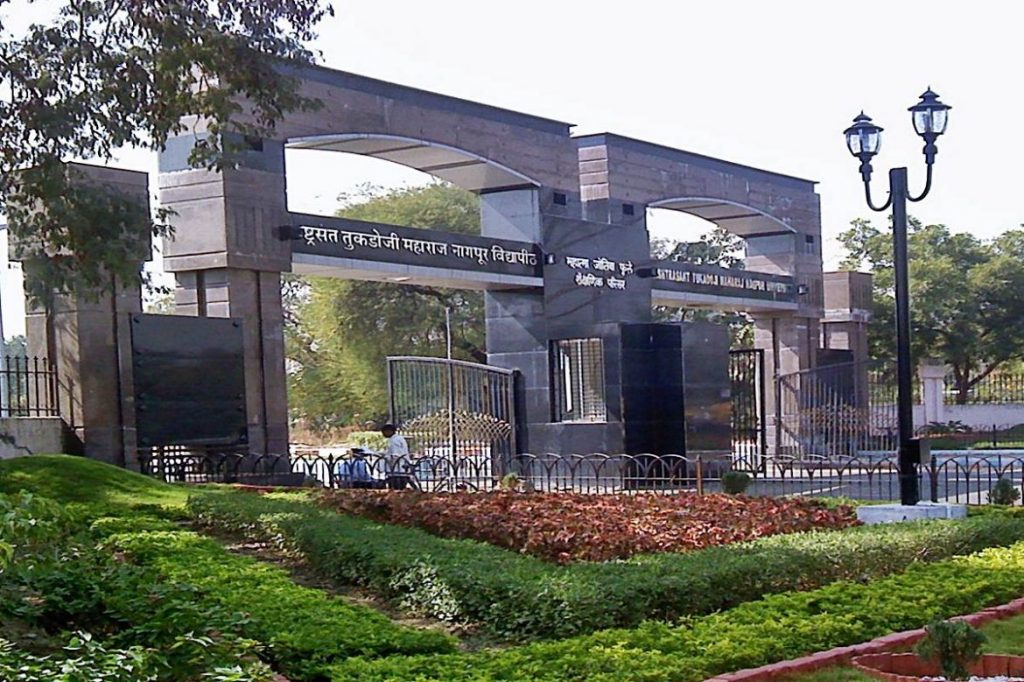Nagpur University researchers have created a new technology. It generates electricity from moving vehicles. The innovation has secured a patent. This could transform how energy is harvested from traffic. Here’s the breakdown of this development.
How It Works
The system captures energy from vehicles on the move. It’s built into roads. When cars drive over it, mechanical energy turns into electricity. Piezoelectric materials or similar tech are key. These materials create power under pressure or vibration.
- Core Concept: Vehicle weight and motion produce energy.
- Output: Tests show 1 km of road could power streetlights or small grids.
- Patent Filing: Registered under Nagpur University with the Indian Patent Office.
A university spokesperson said, “The researchers’ efforts have opened new possibilities in sustainable power generation through innovative means.” Specific output numbers are still being studied.
The Development Process
The project began at Rashtrasant Tukadoji Maharaj Nagpur University. A team of engineers and scientists drove it forward. Development took years. It started with lab experiments. Later, small-scale road tests proved it worked.
- Team Size: More than a dozen researchers were involved.
- Timeline: The effort lasted over three years.
- Testing: Trials happened on campus roads with controlled traffic.
The Department of Mechanical Engineering led the charge. Local industries pitched in to refine the prototype.
Potential Applications
This tech has wide uses. It could power urban areas or highways. High-traffic cities are prime targets. Rural roads might benefit too. It fits into broader renewable energy plans.
- Urban Use: Traffic signals or charging stations could run on it.
- Highways: Long roads might supply nearby areas.
- Scale: Early estimates suggest 10 km could yield 100 kW.
It supports India’s goal of 500 GW from non-fossil sources by 2030. This adds a unique angle to that target.
Challenges Ahead
There are obstacles to tackle. Installation costs are high. Roads face constant wear, so durability is critical. Maintenance could get pricey. Moving from prototype to mass use requires investment.
- Cost Factor: Embedding the system costs more than regular roads.
- Wear and Tear: It must handle heavy traffic over time.
- Funding: Government or private support is needed.
No exact cost figures are public yet. The team is exploring affordable materials.
The researchers are pushing ahead. They’re improving the design. Discussions with state officials have started. A pilot project in Nagpur could launch soon. Success might spark wider use.
- Pilot Plans: A 1 km road in Nagpur is being considered.
- Timeline: Trials may begin by late 2025.
- Expansion: Positive results could spread it nationwide.
The university plans to license the tech to companies. This could speed up its rollout. For now, it’s a fresh idea in India’s energy innovation space.

